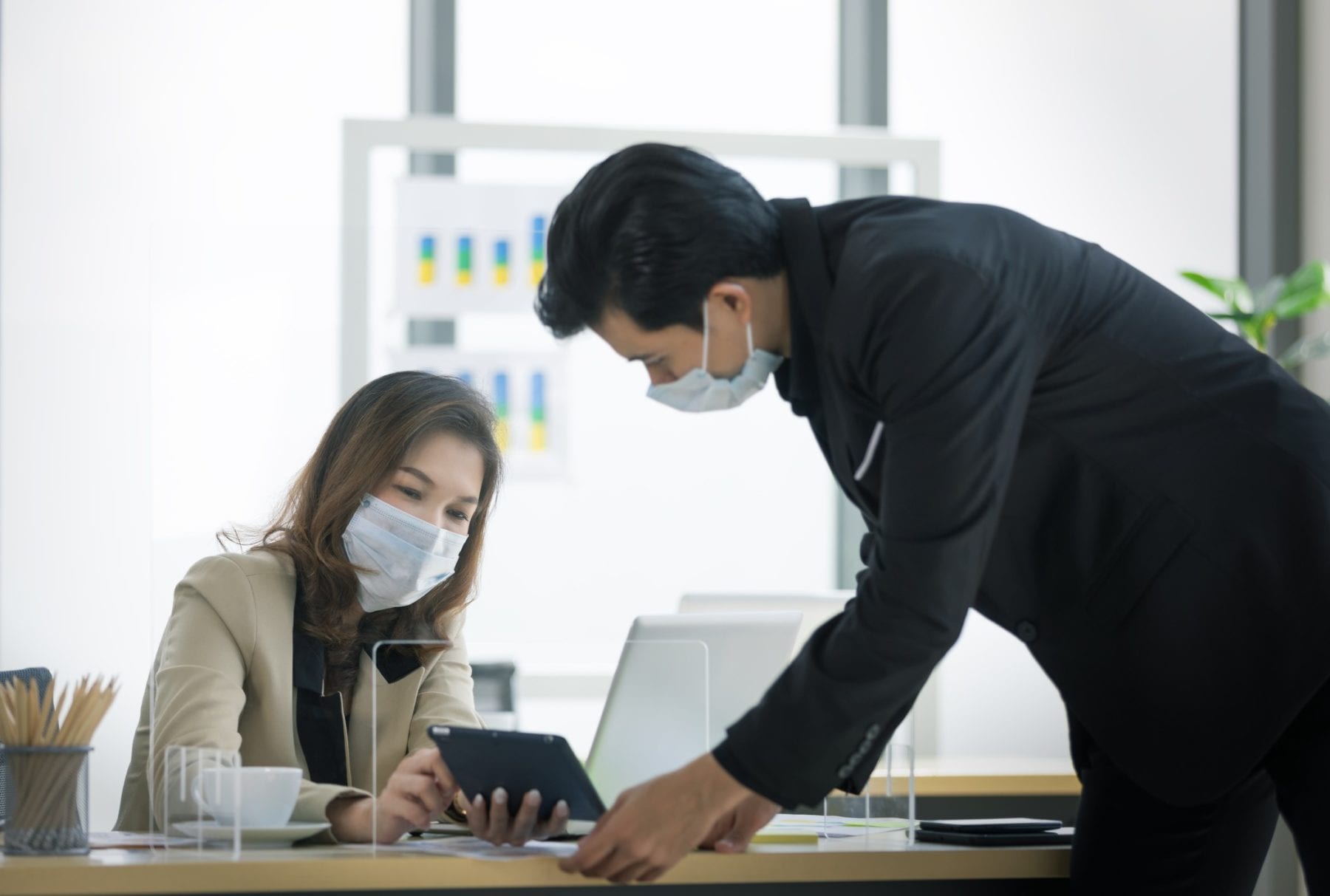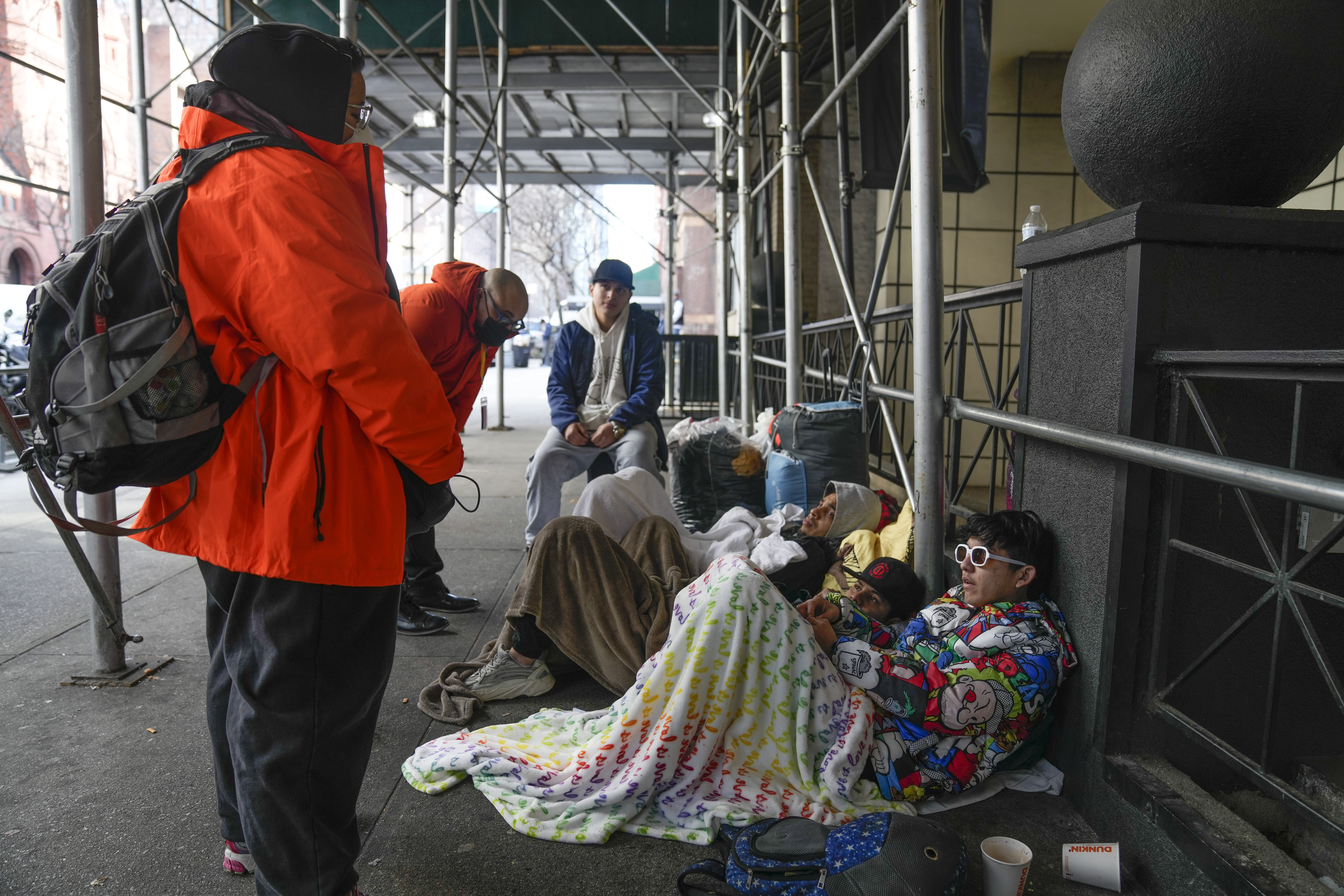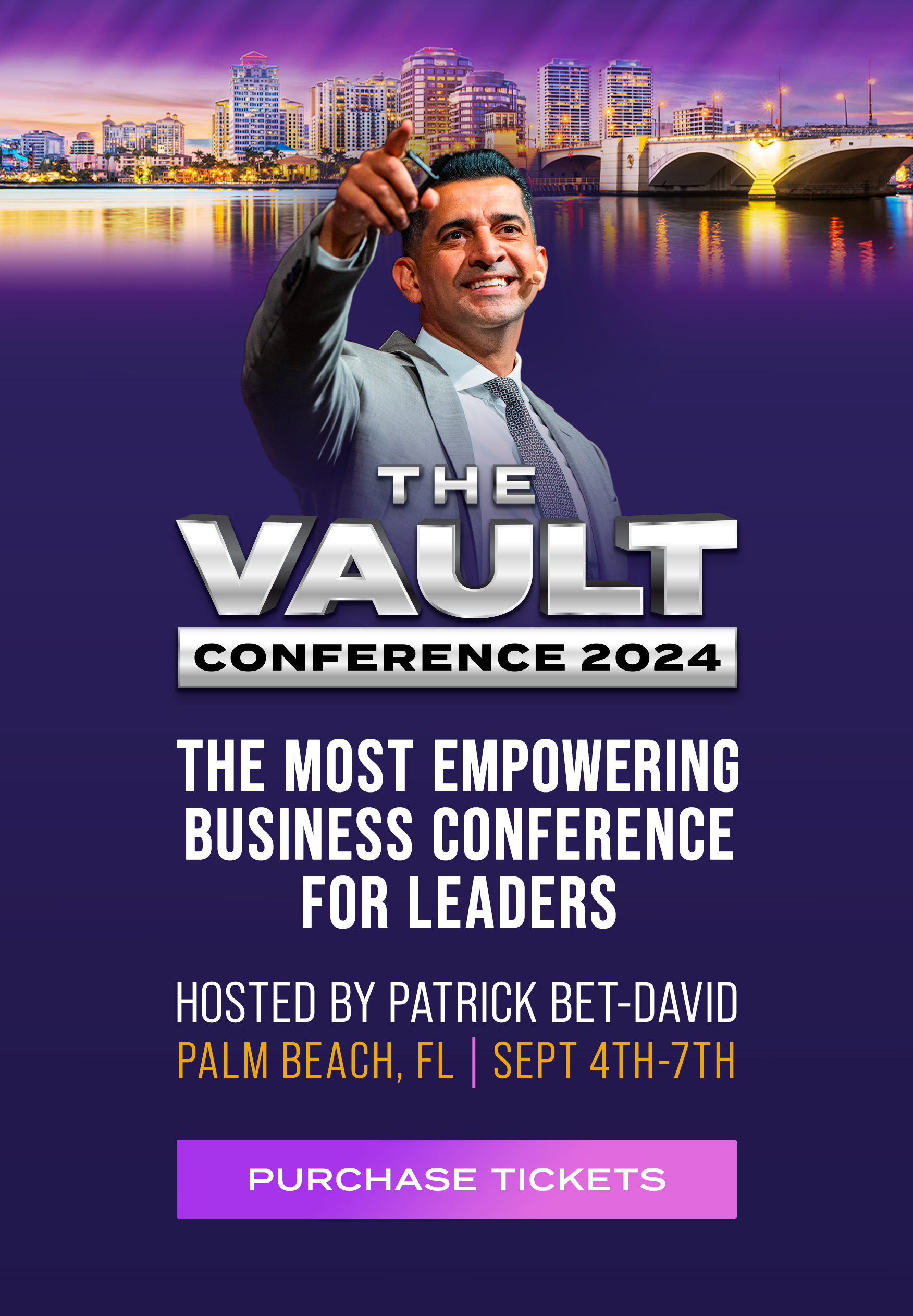How many of you knew what Zoom was before March 2020? How many of you know about it now? And, of course, how many of you are now sick of Zoom calls?
In this post-COVID world, there are many new processes we are going to have to get used to. However, this also can open up a world of opportunities. How you prepare, what you do differently and what new habits you adopt will all provide a direct impact on you and your business as we move forward with the “new normal.”Considerations ranging from if/when an office should reopen, working with remote workers, even down to how to handle travel are all important factors for the 2020 entrepreneur.
Let’s start with if/when an office should reopen. Without trying to litigate the real impact and infectious nature of COVID 19, there will be a new process for many offices to open. This may include such practices as having hand sanitizers readily available; eliminating areas to congregate (such as office kitchens); and even installing dividers for social distancing.
The remote worker is an entirely new phenomenon and opportunity. Let’s start first with businesses. Many remote workers can be effective if they are in operations, back office, support, etc. However, if an organization relies on sales in some capacity, there is a growing desire for the world to open up again. This is especially true with trade shows, conferences and events. As much as companies try to go virtual, the in-person opportunities at these gatherings cannot be replicated online.
In regards to cost and opportunity, both are new paradigms for companies and employees. For the company, allowing a large percentage of the workforce to work remotely leads to several direct cost reductions. If you have fewer employees, you need less office space, which of course, correlates to lower overall property costs (this could also include auxiliary items such as parking, in-house food support, office equipment, and more).
Additionally, many companies are looking at cost-of-living adjustments. This means, for example, an employee living in San Francisco who chooses to move to Nashville, Tenn., may incur an income reduction. This is because the cost of living outside of San Francisco could be as much as 30% lower than in Nashville. Companies should look to adjusting the income to something pursuant to the area where the employee may move.
For the employee, however, this opens up a world of opportunities. If works are no longer living in a small rental unit in San Francisco, for instance, they may be able to buy a house in another area. If they’re not spending hours in a car commuting, they may have more time for work/life balance. If they’re working from home, there may be new opportunities to spend time with family, work out, learn a new skill or perhaps start a hobby.
Long term, I believe the move to remote working is a tremendous chance for a new class of employees to rise up the ranks in bigger companies. For instance, if an employee wanted to be an engineer working for Google, he or she may have to give up quite a bit in the way of locality to be in San Francisco.
However, if someone is able to get an engineering degree and work from any locality, this could indeed open up more diversity in business regarding a “class” of workers (be it female, minority or family-oriented) who may have never been able to make the leap to moving to a tech center, but now, could work from anywhere.
Travel, both domestically and internationally, may very well take on a different dynamic as the new normal takes root.My personal opinion? I fully believe that travel during the age of COVID, in the near term, will mean on-site testing. This means before someone can travel (or attend a business conference, sporting event, concert, etc.), they will be directed to a specific area offsite. From there, a rapid response test will be administered (with results under 2 minutes), and if negative, a person would be given access to this particular location. I’ve written before that if one was tested, and perhaps given a wrist band that could not be removed (i.e. shared), and would disintegrate in three to five days, they would be granted access to an airport, for instance, and be able to move about freely.
For a sporting event/concert, people could be tested onsite and given a wristband for entry. This same wristband could also be used at local establishments around the venue, thus creating a safer environment for all involved without major inconveniences.
The world has also accelerated into virtual. Whether it be conference calls, events or employee meetings, and we are now more accepting of using technology to connect online.
To realize all of this has happened, and all within the last six months, is both exciting and frightening at the same time.
As an entrepreneur, we must be prepared for what the next six months may bring. For the next big event, what will you do to be ready?
STEPHEN MEADE (Founder & Chairman of BigBamboo, LLC) is an American entrepreneur, philanthropist, mentor, and business executive passionate about creating world-changing companies. Known as “The BullsEye Guy”, Stephen created a system around being targeted, specific and focused, and has used this to create and build first-of-its-kind companies (including three Public Companies). www.TheBullsEyeGuy.com


















Add comment